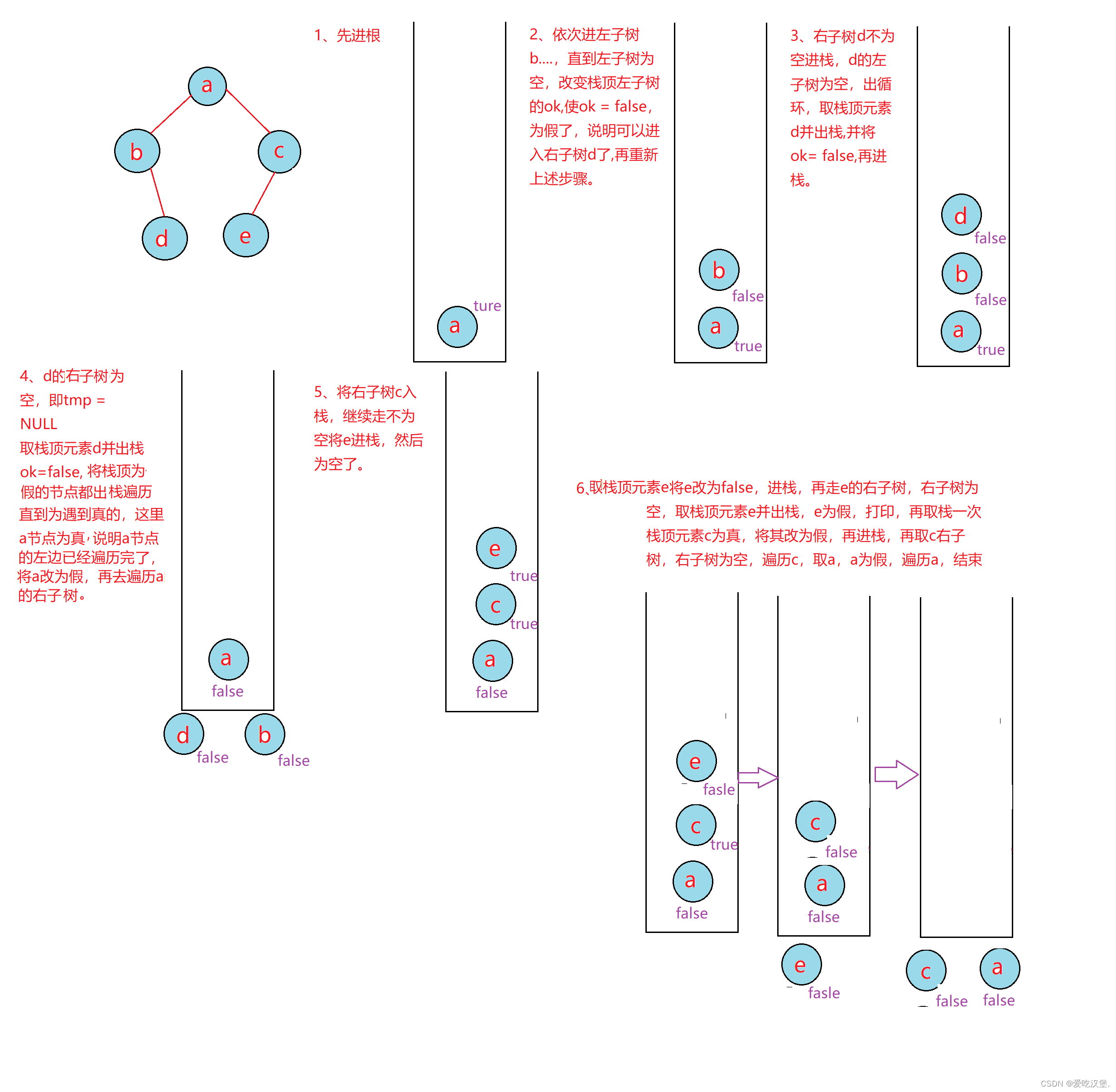介绍:
在线性神经网络中,线性回归是一种常见的任务,用于预测一个连续的数值输出。其目标是根据输入特征来拟合一个线性函数,使得预测值与真实值之间的误差最小化。
线性回归的数学表达式为:
y = w1x1 + w2x2 + ... + wnxn + b其中,y表示预测的输出值,x1, x2, ..., xn表示输入特征,w1, w2, ..., wn表示特征的权重,b表示偏置项。
训练线性回归模型的目标是找到最优的权重和偏置项,使得模型预测的输出与真实值之间的平方差(即损失函数)最小化。这一最优化问题可以通过梯度下降等优化算法来解决。
线性回归在深度学习中也被广泛应用,特别是在浅层神经网络中。在深度学习中,通过将多个线性回归模型组合在一起,可以构建更复杂的神经网络结构,以解决更复杂的问题。
手动生成数据集:
%matplotlib inline
import torch
from d2l import torch as d2l
import random
#"""生成y=Xw+b+噪声"""
def synthetic_data(w, b, num_examples): #生成num_examples个样本
X = d2l.normal(0, 1, (num_examples, len(w)))#随机x,长度为特征个数,权重个数
y = d2l.matmul(X, w) + b#y的函数
y += d2l.normal(0, 0.01, y.shape)#加上0~0.001的随机噪音
return X, d2l.reshape(y, (-1, 1))#返回
true_w = d2l.tensor([2, -3.4])#初始化真实w
true_b = 4.2#初始化真实b
features, labels = synthetic_data(true_w, true_b, 1000)#随机一些数据
print(features)
print(labels)显示数据集:
print('features:', features[0],'\nlabel:', labels[0])
'''
features: tensor([ 2.1714, -0.6891])
label: tensor([10.8673])
'''
d2l.set_figsize()
d2l.plt.scatter(d2l.numpy(features[:, 1]), d2l.numpy(labels), 1);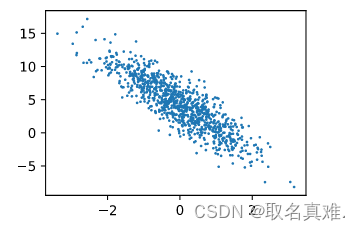
读取小批量数据集:
#每次抽取一批量样本
def data_iter(batch_size, features, labels):#步长、特征、标签
num_examples = len(features)#特征个数
indices = list(range(num_examples))
random.shuffle(indices)# 这些样本是随机读取的,没有特定的顺序,打乱顺序
for i in range(0, num_examples, batch_size):#随机访问,步长为batch_size
batch_indices = d2l.tensor(
indices[i: min(i + batch_size, num_examples)])
yield features[batch_indices], labels[batch_indices]
定义模型:
#定义模型
def linreg(X, w, b):
"""线性回归模型"""
return d2l.matmul(X, w) + b定义损失函数:
#定义损失和函数
def squared_loss(y_hat, y): #@save
"""均方损失"""
return (y_hat - d2l.reshape(y, y_hat.shape)) ** 2 / 2定义优化算法(小批量随机梯度下降):
#定义优化算法 """小批量随机梯度下降"""
def sgd(params, lr, batch_size): #参数、lr学习率、
with torch.no_grad():
for param in params:
param -= lr * param.grad / batch_size
param.grad.zero_()模型训练:
#训练
lr = 0.03#学习率
num_epochs = 3#数据扫三遍
net = linreg#模型
loss = squared_loss#损失函数
#初始化模型参数
w = torch.normal(0, 0.01, size=(2,1), requires_grad=True)#权重
b = torch.zeros(1, requires_grad=True)#b全赋为0
for epoch in range(num_epochs):
for X, y in data_iter(batch_size, features, labels):#拿出一批量x,y
l = loss(net(X, w, b), y) # X和y的小批量损失,实际的和预测的
# 因为l形状是(batch_size,1),而不是一个标量。l中的所有元素被加到一起,
# 并以此计算关于[w,b]的梯度
l.sum().backward()
sgd([w, b], lr, batch_size) # 使用参数的梯度更新参数
with torch.no_grad():
train_l = loss(net(features, w, b), labels)
print(f'epoch {epoch + 1}, loss {float(train_l.mean()):f}')
'''
epoch 1, loss 0.037302
epoch 2, loss 0.000140
epoch 3, loss 0.000048
'''
print(f'w的估计误差: {true_w - d2l.reshape(w, true_w.shape)}')
print(f'b的估计误差: {true_b - b}')
'''
w的估计误差: tensor([0.0006, 0.0001], grad_fn=<SubBackward0>)
b的估计误差: tensor([-0.0003], grad_fn=<RsubBackward1>)
'''
print(w)
'''
tensor([[ 1.9994],
[-3.4001]], requires_grad=True)
'''
print(b)
'''
tensor([4.2003], requires_grad=True)
'''




![[ESP32]:基于HTTP实现百度AI识图](https://img-blog.csdnimg.cn/direct/72bed8619792476ab2cfebf1175d5222.png#pic_center)


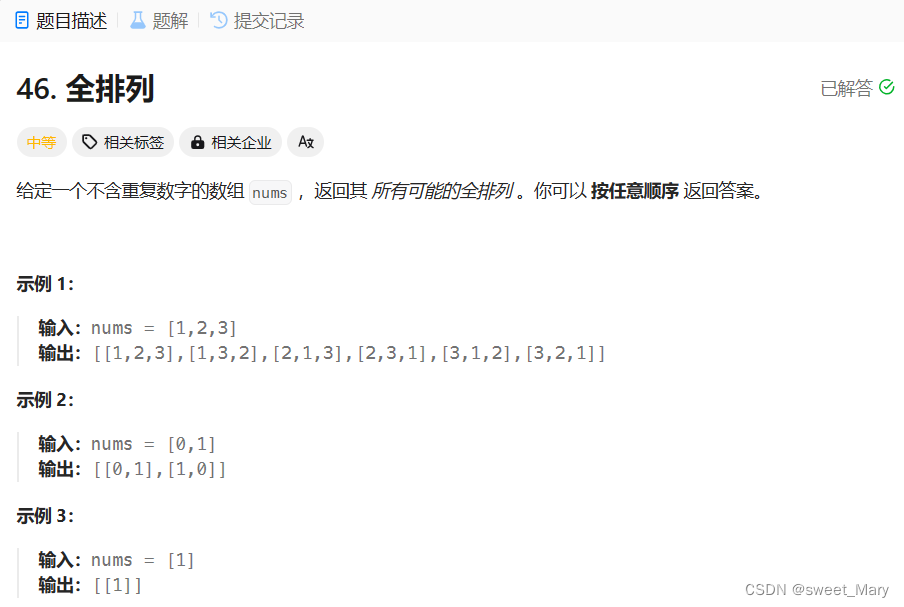

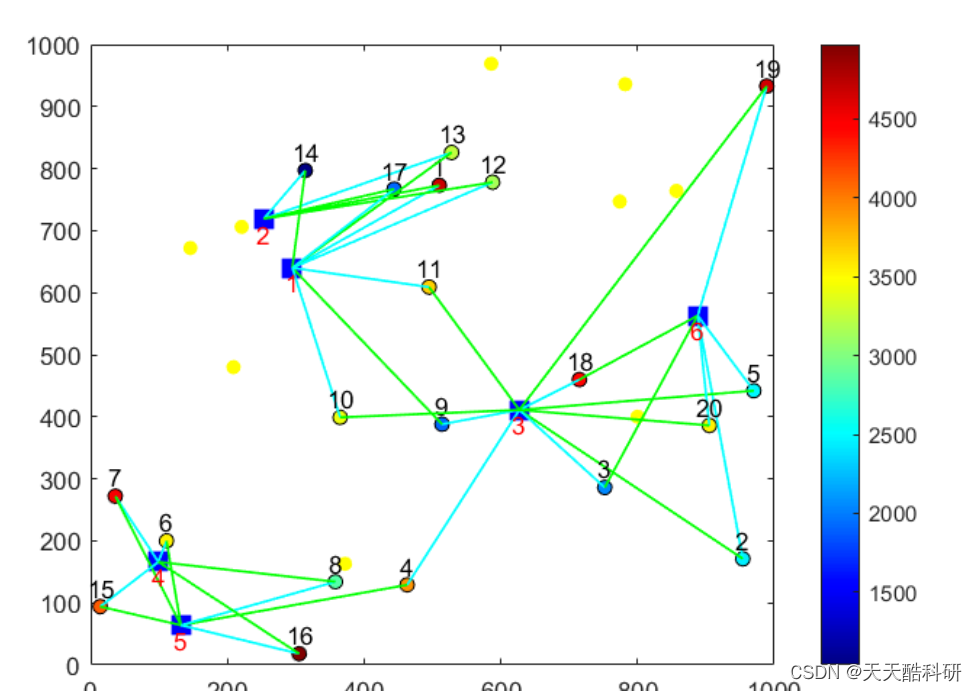

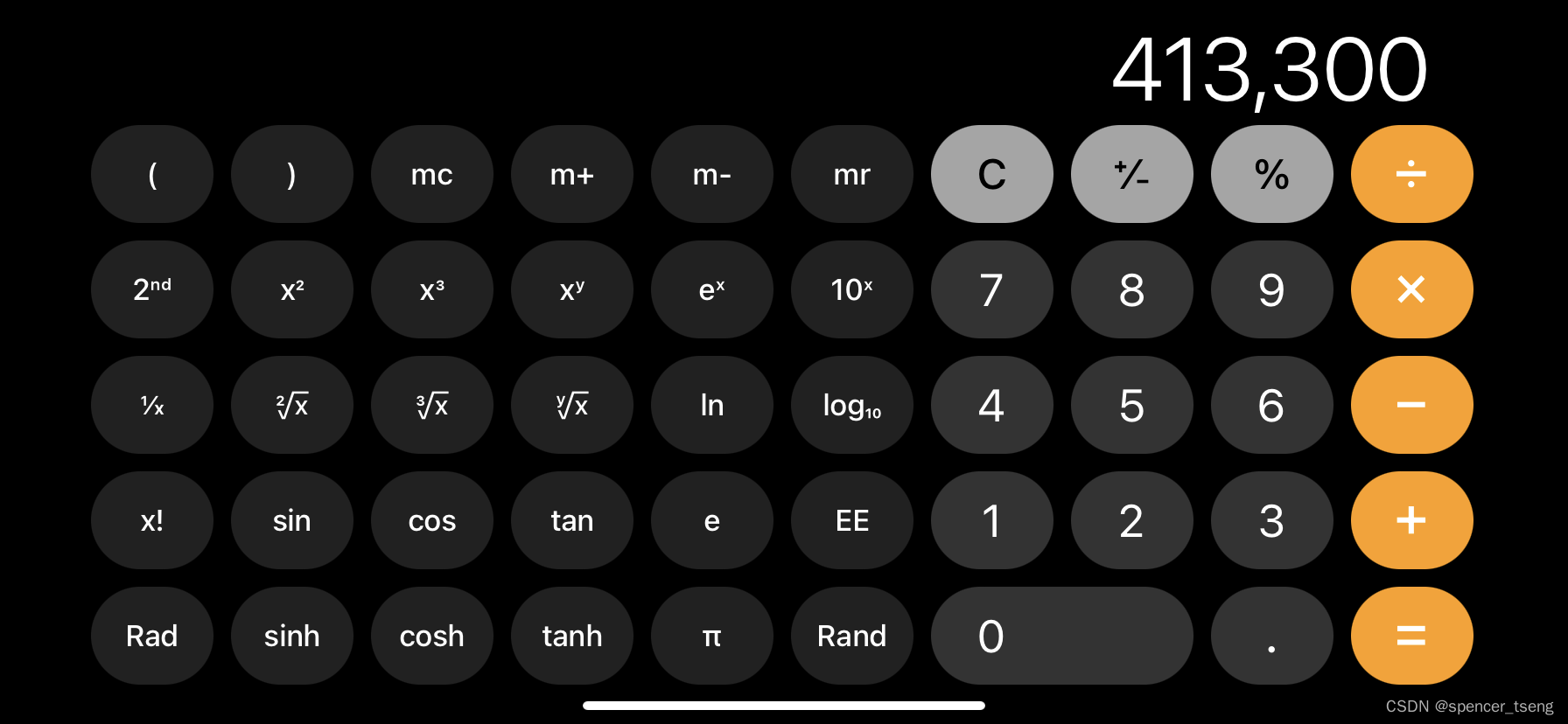
![通信网络设计[PTA]](https://img-blog.csdnimg.cn/direct/c8852131f5a046deb8043fa80301016b.png)

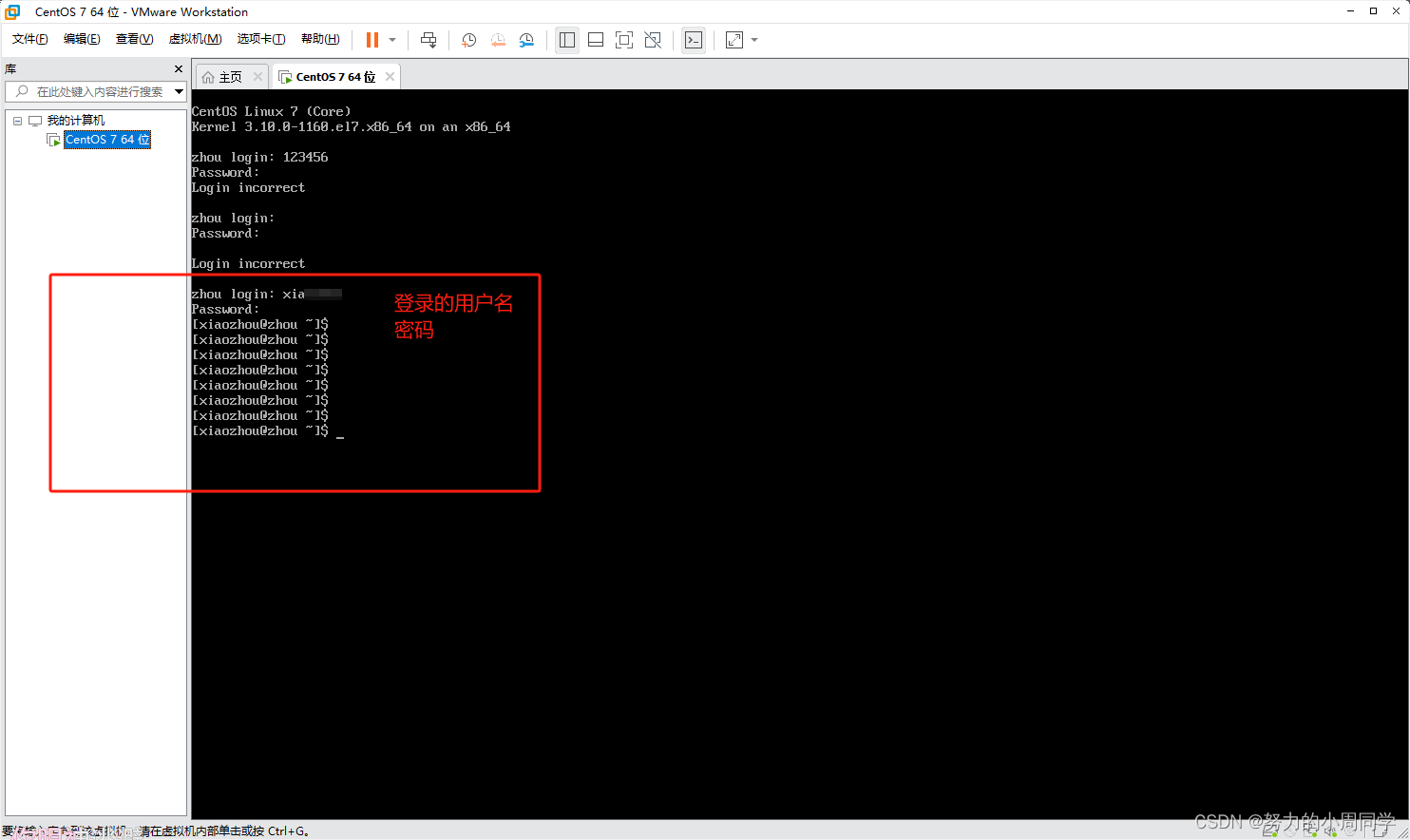
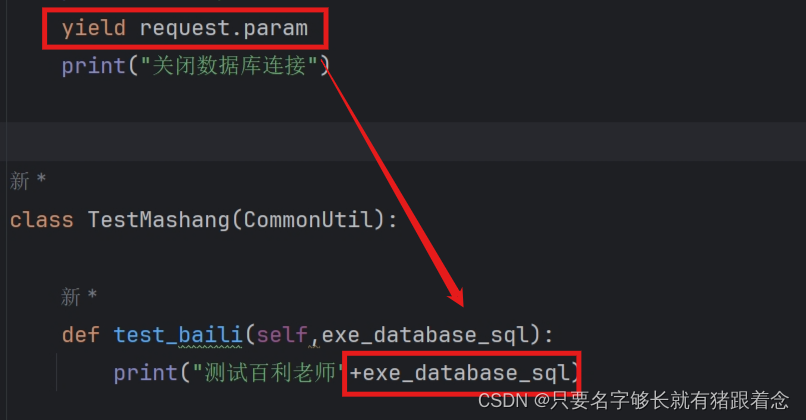

![[ C++ ] STL---仿函数与priority_queue](https://img-blog.csdnimg.cn/direct/cd695fba8d0c4b74ae22eadb7d858cf1.gif)
